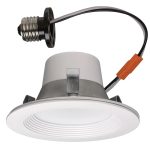Why LED Pool Lights Flicker and How to Fix Them: A Comprehensive Guide
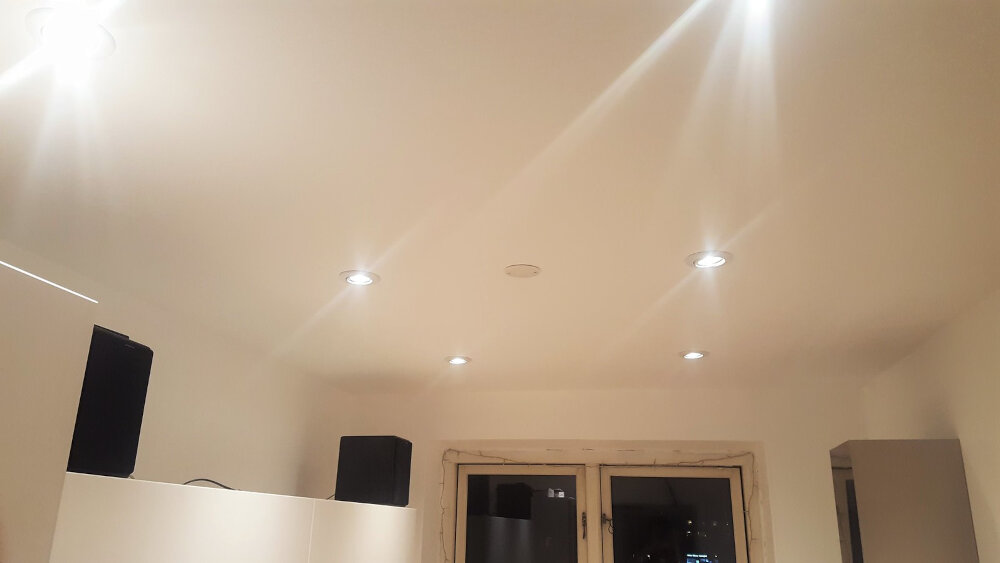
Swimming pools are a great source of entertainment and relaxation for many people, especially during the hot summer months. To enhance the swimming experience, pool owners often install LED pool lights, which not only provide lighting but also create an ambiance that can make the pool area more inviting. However, one common issue that pool owners face with LED pool lights is flickering. Flickering lights can be a nuisance, and if left unaddressed, they can even lead to more significant problems. In this comprehensive guide, we will explore the reasons behind LED pool lights flickering and provide solutions to help you fix them. LED pool lights flicker due to various reasons, such as faulty wiring, a damaged transformer, or a defective LED driver. A flickering light can be caused by voltage fluctuations or power surges, which can damage the LEDs, leading to a shorter lifespan of the lights. In addition, flickering lights can cause eye strain, headaches, and even seizures in some people. Therefore, it is essential to address the issue promptly to avoid any potential problems. This guide will provide a step-by-step guide on how to identify the cause of the flickering and offer solutions to help you fix the issue and enjoy your pool lighting without any flickering.
LED pool lights are an energy-efficient and long-lasting option for illuminating your pool. They work by utilizing a semiconductor to convert electrical energy into light, resulting in a brighter and more vibrant color display than traditional incandescent bulbs. However, LED pool lights are prone to flickering due to a variety of reasons, such as voltage fluctuations, water damage, or faulty wiring. Fortunately, there are several ways to fix LED pool lights, including replacing the power supply, cleaning the fixture, or resetting the circuit breaker. By taking the necessary steps to maintain your LED pool lights, you can ensure a consistent and enjoyable swimming experience for years to come.
LED pool lights are a popular option for pool owners due to their energy efficiency and long-lasting lifespan. However, flickering lights can be an annoying issue that affects the ambiance of the pool area. Common causes of LED pool light flickering include loose connections, faulty wiring, incompatible dimmer switches, and voltage fluctuations in the electrical system. Loose connections can cause the electrical current to be interrupted, resulting in flickering lights. Faulty wiring can cause voltage drops and surges, leading to flickering lights. Incompatible dimmer switches can cause LED pool lights to flicker because the dimmer switch is not designed to work with LED lights. Voltage fluctuations in the electrical system can also cause flickering lights, which can be caused by various factors such as power grid issues, electrical storms, and faulty equipment.
Voltage Issues
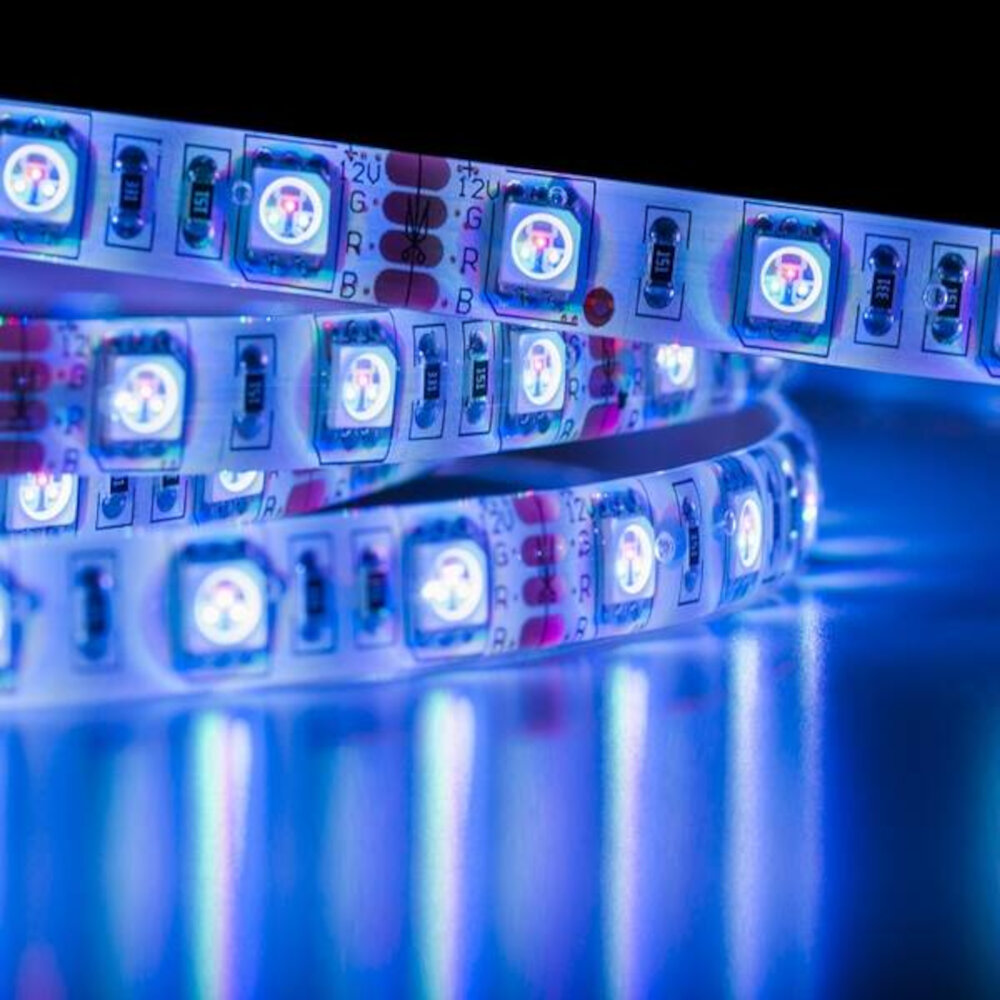
Voltage issues are one of the leading causes of flickering in LED pool lights. When the voltage supplied to the lights is not consistent, it can cause the lights to flicker or even fail entirely. Voltage fluctuations can occur for a variety of reasons, including poor wiring, faulty transformers, and power surges. In some cases, the voltage may be too high or too low, which can cause the lights to flicker. To fix voltage issues, it is important to identify the root cause of the problem. If the issue is related to wiring, it may be necessary to replace or repair the wiring. If the transformer is faulty, it will need to be replaced. Additionally, surge protectors can be installed to help prevent power surges from damaging the lights. Another common voltage issue that can cause LED pool lights to flicker is voltage drop. Voltage drop occurs when the voltage supplied to the lights decreases as it travels through the wiring. This can be caused by long distances between the transformer and the lights, as well as by using too small of a transformer for the number of lights being used. To fix voltage drop issues, it may be necessary to install a larger transformer or to use multiple transformers to supply power to the lights. Additionally, using thicker wiring can help reduce the amount of voltage drop. By addressing voltage issues, you can ensure that your LED pool lights function properly and provide consistent lighting for your pool area.
Voltage fluctuations are one of the main culprits behind flickering LED pool lights. When voltage levels spike or drop, it can cause the electrical current flowing through the LED to become unstable, leading to flickering. This can occur due to a variety of reasons, such as power surges, faulty wiring, or electrical interference. In some cases, the flickering may be more noticeable at certain times of the day or when other appliances are in use. To fix the issue, it’s important to identify the root cause of the voltage fluctuations and take steps to address it, such as installing a voltage stabilizer or upgrading the electrical system.
Measuring voltage levels is a crucial step in troubleshooting flickering LED pool lights. A multimeter can be used to measure the voltage between the power source and the LED light. If the voltage is too high or too low, it can cause the LED lights to flicker or not work at all. It is recommended to measure the voltage at different points in the circuit to identify the source of the problem. The voltage should also be checked under load, as voltage drops can occur when the circuit is under heavy use. Properly measuring voltage levels can help identify and resolve issues with LED pool lights flickering.
Voltage issues are a common cause of flickering LED pool lights. To fix this problem, start by testing the voltage at the pool light fixture using a multimeter. If the voltage is below the recommended level, check the wiring connections and make sure they are tight and secure. If the wiring is in good condition, the next step is to inspect the transformer or power supply. If it is faulty, replace it with a new one that is compatible with your pool light. Additionally, installing a voltage stabilizer can also help to regulate the voltage and prevent fluctuations. By following these steps, you can fix voltage issues and ensure that your LED pool lights shine bright and steady.
Water Damage

Water damage can be a serious problem for homeowners, especially if it goes unnoticed for an extended period. It can occur as a result of a variety of factors, including burst pipes, leaking roofs, and floods. In addition to causing structural damage, water damage can also lead to the growth of mold and mildew, which can be harmful to your health. It’s important to address water damage as soon as possible to prevent further damage and ensure the safety of your home and family. If you suspect water damage in your home, there are several signs to look out for, including damp or wet walls, ceilings, or floors, musty odors, and discoloration or peeling of paint or wallpaper. If left untreated, water damage can weaken the structural integrity of your home and lead to costly repairs. It’s important to take swift action and contact a professional restoration company to assess the damage and develop a plan for remediation. By acting quickly, you can minimize the damage and prevent further harm to your home and family.
Water damage can cause flickering in LED pool lights due to the electrical components being exposed to moisture. When water seeps into the light fixture, it can cause corrosion or short circuits that disrupt the flow of electricity. Additionally, the presence of water can cause the light to overheat, leading to further damage. This can cause the LED lights to flicker, dim or turn off completely. It is important to address any water damage immediately to prevent further damage to the light fixture and ensure the safety of swimmers. Regular maintenance and inspections can also help to prevent water damage and prolong the lifespan of LED pool lights.
Water damage is a common issue that can occur with LED pool lights, and it’s important to be able to identify it early on to prevent further damage. One way to check for water damage is to inspect the light fixture for any signs of moisture or condensation inside the lens or housing. You can also check the wiring and connections for any signs of corrosion or rust, as these can be indicators of water damage. Additionally, if your LED pool light flickers or doesn’t turn on at all, this could be a sign of water damage and may require professional repair or replacement. Regular maintenance and inspection of your pool lights can help prevent water damage and prolong the life of your LED pool lights.
Water damage issues can be a nightmare for homeowners, and it’s important to address them as soon as possible to prevent further damage. The first step in fixing water damage issues is to identify the source of the problem. This could be a leaky pipe, a damaged roof, or a faulty appliance. Once the source is identified, it’s important to repair or replace the damaged area to prevent further water from entering the home. Next, it’s important to dry out any affected areas to prevent mold growth. This can be done using fans, dehumidifiers, or even professional drying services. Finally, any damaged materials such as drywall or flooring should be removed and replaced to prevent further damage and ensure the safety of the home’s occupants. By addressing water damage issues promptly and thoroughly, homeowners can avoid costly repairs and maintain the value of their homes.
Loose Connections
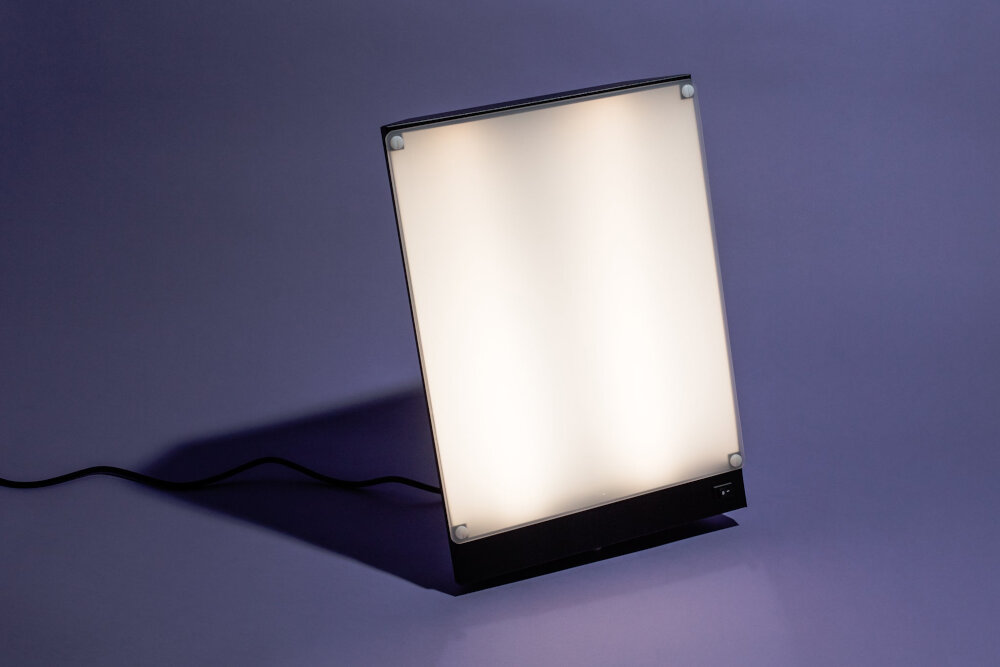
Loose connections are one of the most common reasons why LED pool lights flicker. When the connections are loose, the current flow to the light fixtures is disrupted, causing the lights to flicker or even turn off. This problem can occur due to various reasons such as water damage, corrosion, or poor installation. Loose connections can be fixed by tightening the connections or replacing the damaged wires. However, it is essential to turn off the power supply before carrying out any repair work to avoid electrocution. In addition to causing flickering, loose connections can also be a safety hazard. Loose connections can cause arcing, which can lead to electrical fires or damage to the pool equipment. It is crucial to inspect the pool lights regularly and ensure that all connections are secure and in good condition. If you are not confident in your ability to identify and fix loose connections, it is best to seek the assistance of a professional electrician. By addressing loose connections promptly, you can prevent flickering and ensure the safety of your pool and its users.
One of the most common reasons for flickering LED pool lights is due to loose connections. As electricity flows through the circuit, any loose connection can cause a break in the flow, leading to a flickering effect. Loose connections can occur at any point in the circuit, including the power source, wiring, or even the bulb itself. Over time, wear and tear on the connections can cause them to loosen, which can result in flickering. If left unaddressed, loose connections can not only cause flickering but also pose a safety hazard. It is crucial to identify and fix any loose connections promptly to ensure the pool lights function safely and efficiently.
Loose connections are one of the main causes of LED pool lights flickering. To check for loose connections, first, turn off the power supply to the light. Then, carefully inspect the wiring connections and ensure that they are tightly fastened. If any of the connections are loose, use a screwdriver or pliers to tighten them. Additionally, check for any signs of corrosion or damage to the wiring, as this can also cause flickering. It is recommended to hire a licensed electrician to inspect and repair any electrical issues to ensure safe and proper functioning of your LED pool lights.
Loose connections can cause flickering issues in LED pool lights. To fix this problem, start by turning off the power supply to the lights. Then, inspect the connections between the light and the cable, ensuring that they are secure and tight. If there are any loose connections, tighten them using a screwdriver or pliers. It is also essential to check the cable for any damage or wear and tear. If there is any damage, replace the cable immediately. Once all the connections are secure, turn on the power supply and test the lights. If the flickering persists, it may be necessary to replace the light fixture or consult a professional electrician.
Overheating
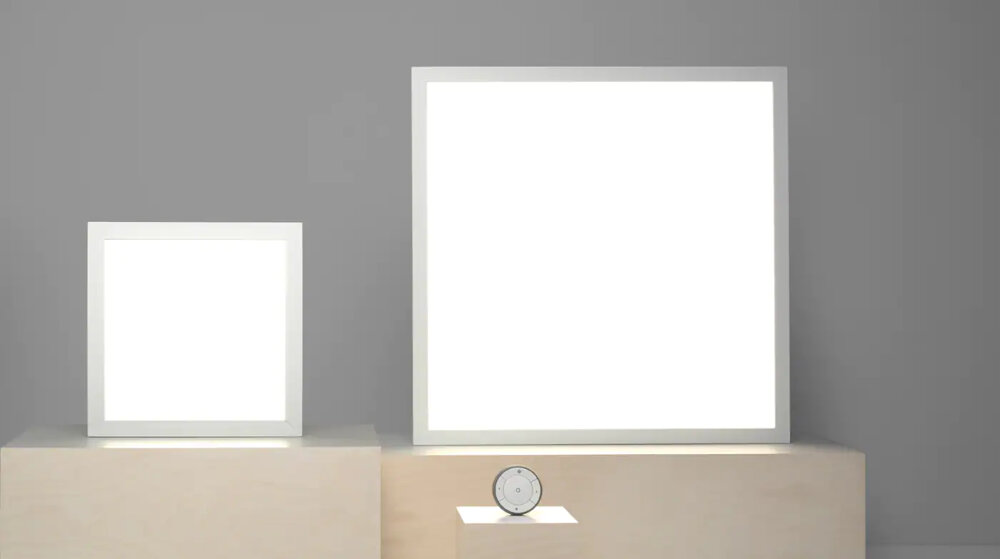
Overheating is one of the most common reasons why LED pool lights flicker. When the LED light fixtures in your pool are exposed to excessive heat, it can cause the components and electronics inside the fixture to malfunction. Overheating can occur due to various reasons, including incorrect installation, poor ventilation, or inadequate water flow. Additionally, prolonged exposure to sunlight can also cause the LED pool lights to overheat, leading to flickering and other issues. To fix the overheating issue, it is important to first identify the root cause of the problem. If the LED pool lights are not installed correctly, it is recommended that you call a professional electrician to reinstall the fixtures. If poor ventilation is the issue, you can try increasing the flow of air around the fixtures by installing additional fans or vents. Similarly, inadequate water flow can be fixed by adjusting the water flow rate in your pool. Moreover, you can also consider installing a heat sink or a cooling system to regulate the temperature around the fixtures and prevent overheating.
Overheating is a common cause of flickering in LED pool lights. When the lights get too hot, it can cause the electrical components to malfunction, leading to flickering or even complete failure. The excessive heat can also cause the protective coating on the LED chips to degrade, which can further contribute to the flickering issue. Additionally, overheating can cause damage to the power supply or other components of the light fixture, which can also impact its performance. To prevent this problem, it’s important to ensure that the pool lights are properly installed and that the surrounding environment allows for adequate ventilation to keep the lights cool.
Overheating is a common issue that can cause LED pool lights to flicker. To check for overheating, start by turning off the power supply to the pool lights and allowing them to cool down. Once they have cooled, check for any signs of discoloration or warping on the fixture or lens. You should also inspect the wiring and connections for any signs of damage or loose connections. It’s important to ensure that the pool lights are installed according to the manufacturer’s instructions and that they are not obstructed by debris or other objects. If you suspect that overheating is the cause of your LED pool lights flickering, it’s best to consult a professional electrician to address the issue and prevent any potential safety hazards.
Overheating is a common issue with LED pool lights that can cause flickering or complete failure. To fix overheating issues, start by ensuring that the light is properly installed and the wiring is correctly connected. Check the voltage of the power supply to ensure it matches the LED light’s specifications. If the voltage is too high, it can cause overheating. If the light is still overheating, consider installing a heat sink or fan to help dissipate heat. Additionally, make sure the light fixture and surrounding area are free of debris and that the light is not being covered by water. Finally, consider replacing the LED light with a higher-quality, more heat-resistant model.
LED pool lights are a popular choice among pool owners because of their energy efficiency, long lifespan, and durability. However, sometimes they may flicker, which can be frustrating and affect the pool’s ambiance. Several common causes of LED pool light flickering include voltage fluctuations, faulty wiring or connections, water damage, and temperature changes. Voltage fluctuations occur when electricity supply to the pool light is not steady, while faulty wiring or connections are often caused by poor installation or damage to the wiring. Water damage may occur when the pool lights are not adequately sealed or when water seeps into the light fixture, while temperature changes can cause the pool lights to flicker due to thermal expansion and contraction. Understanding the causes of LED pool light flickering is essential in fixing the problem and ensuring that the lights work correctly.
LED pool lights have become a popular choice for pool owners due to their energy efficiency and durability. However, one common issue that pool owners may face is flickering lights. This can happen due to various reasons such as loose connections, incompatible dimmer switches, or faulty LED drivers. To fix the flickering issue, one can start by checking the connections and ensuring they are tight. If the problem persists, it may be necessary to replace the dimmer switch or LED driver. It is important to note that LED pool lights require specific drivers, so it is crucial to choose the correct one for the light. Additionally, regular maintenance and cleaning of the light can prevent future flickering issues. By following these steps, pool owners can enjoy their LED pool lights without any flickering interruptions.
Conclusion
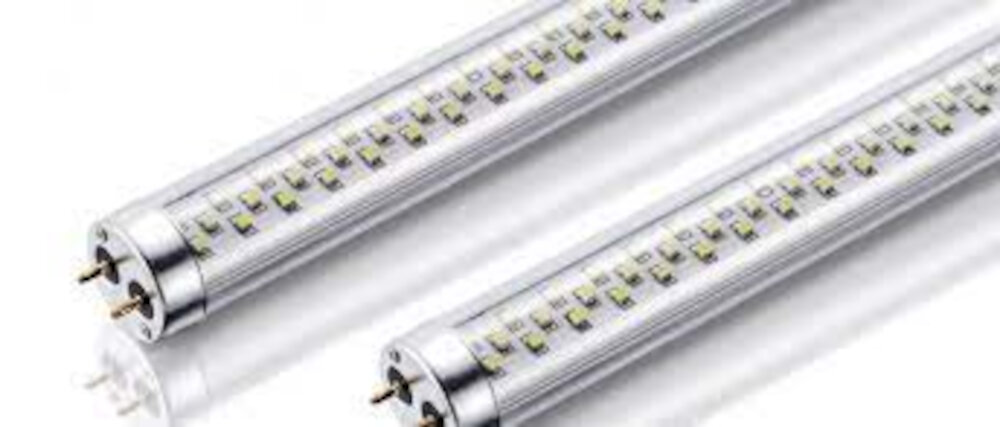
In conclusion, LED pool lights are a great addition to any backyard oasis, providing a stunning visual display for nighttime swimming and entertaining. However, if these lights begin to flicker, it can be frustrating and potentially dangerous. Through this comprehensive guide, we have learned that flickering LED pool lights can be caused by a variety of factors, including loose wiring, high voltage, or simply faulty bulbs. Fortunately, there are several ways to fix this issue, such as tightening connections, reducing voltage, or replacing bulbs. By taking the necessary steps to address flickering LED pool lights, you can ensure a safe and enjoyable experience for all. So, don’t let flickering lights ruin your pool party, follow these tips and tricks to keep your LED pool lights shining bright all summer long.



